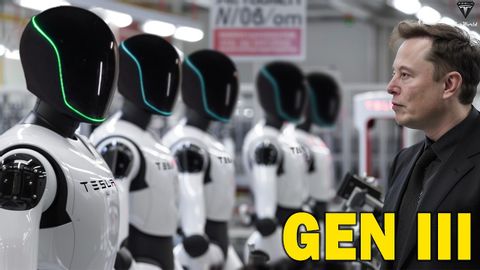剛剛發生!埃隆-馬斯克洩露特斯拉機器人 2 代擎天柱 BIG 競爭對手 - Unitree G1 機器人 !誰會勝出? (Just Happened! Elon Musk LEAKED Tesla Bot Gen 2 Optimus BIG Rival - Unitree G1 Robot ! Who Wins?)
VoiceTube 發佈於 2024 年 07 月 08 日  沒有此條件下的單字
沒有此條件下的單字US /ˈkruʃəl/
・
UK /'kru:ʃl/
US /ɛnˈtaɪr/
・
UK /ɪn'taɪə(r)/
- adj.全體的 ; 完全的;未分割的;全緣的 (植物學)
US /ˈmʌltəpəl/
・
UK /ˈmʌltɪpl/
- adj.多重的;多種的;多發性的;多重的
- n. (c.)多;多個的;乘數
- pron.多重的
US /ˈdɛmənˌstret/
・
UK /'demənstreɪt/
- v.t./i.顯示;表露;遊行;演示;證實; 展示
